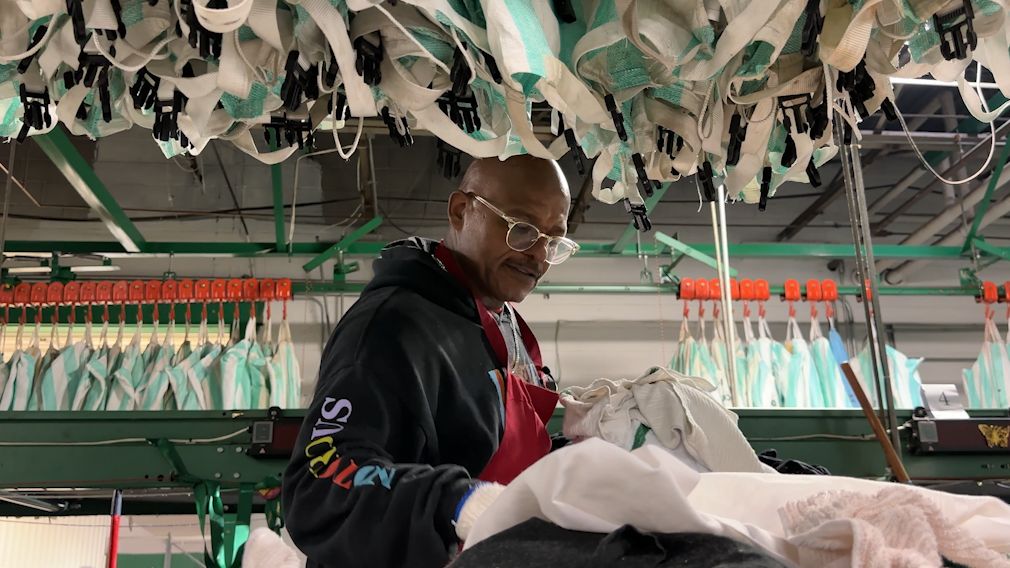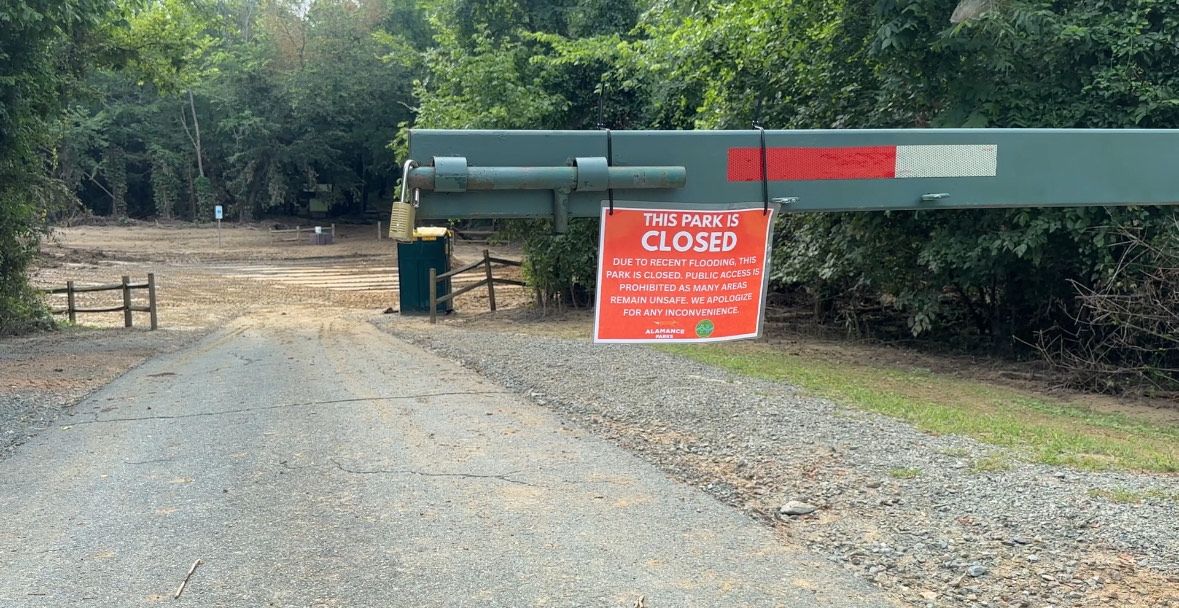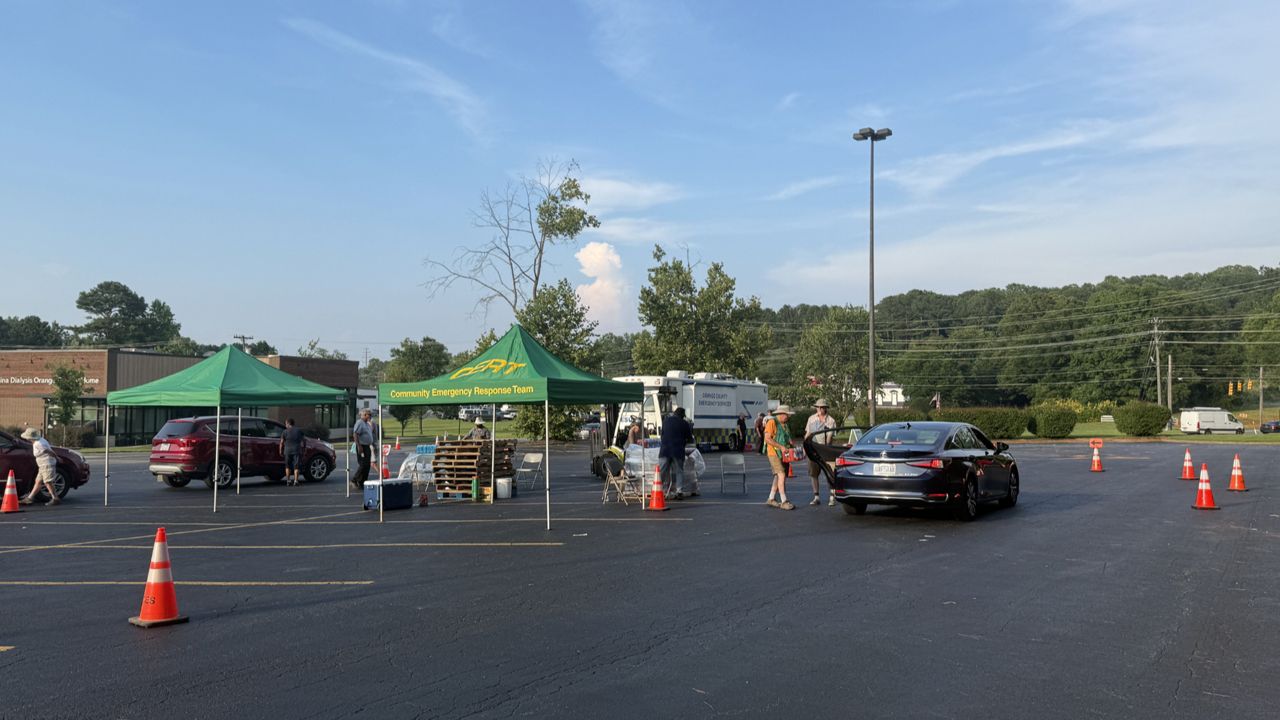WINSTON-SALEM, N.C. — It's all fun and games until it's time to load up and get on the road again.
“From Danville they tore down all night long," James E. Strate Show General Manager Johnny Galler said. "The trucks start coming in at 4 a.m., and they start moving them down. It’s about 80 miles down and 80 miles back. They all take approximately 3-6 loads.”
James E. Strate Show has had to use tractor trailers this year instead of their usual train route for the first time since 1935
Strate Show made its way from Danville, Virginia, to Winston-Salem, North Carolina
Johnny Galler has worked his way up from parts driver, to safety manager, to general manager throughout his 14 years off and on with Strate Show
Galler is in charge of making sure everything runs and rides smoothly. After being with the show on and off for 14 years and working as a parts driver and safety manager, Galler knows a little bit of everything.
“The guys follow down last, they go to sleep, and they start setting up in the morning like you see ... it’s a good 14-hour day for sure," Galler said.
That's after the crew works a full day of operating the rides.
“There’s a lot that goes on behind the scenes that nobody knows in order to get them the fun,” Galler said.
Just like every other industry, they've had trouble finding help.
“Pre-corona I guess is what we call it, I had around 144 workers, so I’m down about 60 workers probably and normally like at Winston-Salem there’s usually hundreds of people outside the gate wanting to come in and work for the spot … Five, I've had five show up,” Galler said.
On top of the worker shortage, for the first time since 1935, the show has had to replace its use of train tracks for tractor trailers to haul rides from fair to fair.
“Depending on what corona does, it’s kind of the new way I think,” Galler said.
“It’s a lot less work, but it’s a lot more detailed because we have 50 trucks come in and moving the show instead of our five trucks just taking it down to the train and loading it on,” Galler said.
Going from 48 to 50 flats on a train that runs about a mile long to trailers has been an adjustment.
“We will be bringing the train back out again, we just don’t know when it’s going to allow us to, and then we will go from there,” Galler said.
For now, as the saying goes, the show must go on.









